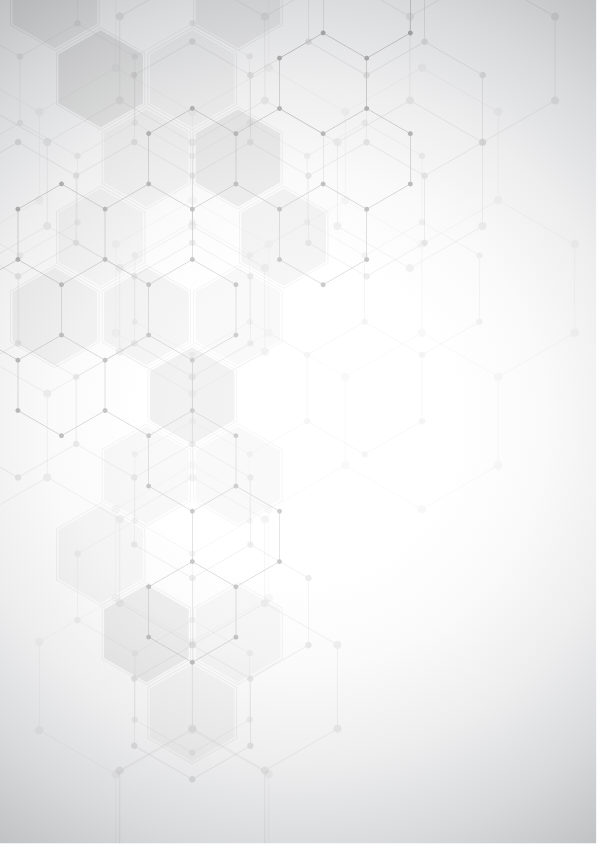The hanafi approach to the clear (wāḍiḥ) words of the legislative text (mufesser and muḥkem)
This paper elaborates on how the scholars of the Hanafi School of Law theoretically considered mufesser and muḥkem. Mufesser and muḥkem represent two out of four categories (ẓāhir, naṣṣ, mufassar and muḥkem) in the categorization of the clear meaning of the legislative text (wāḍiḥ) in the Hanafi school. Naming examples, the paper analyses the use o...
By Šukrija Ramić
Kur'ansko-hadiski osvrt na značenje hadisa: „Kome sam ja prijatelj i Alija mu je prijatelj“
The closest meaning of the key word „mawla“, mentioned in the following hadith referring to Hazrat Ali: „If I am a person’s mawla then Ali is also his mawla” is familiarity and closeness. Several interpretations of this hadith (sebebul-vurūd) suggest exactly this meaning, and not the meaning of authority transfer and succession, as taught by the Is...
By Mina Valjevac, Mensur Valjevac
Doprinos Derviš-ef. Spahića izučavanju tedžvidske znanosti
Derviš ef. Spahić occupies a special place among Islamic scholars in our region. It is said that great nations have institutions and small – great individuals who ensure the continuation of their nation by their extraordinary sacrifice. This outstanding scholar held speeches, wrote, read and studied, in particular the Qur’an and hadith. He organize...
By Safet Husejnović
KONSTRUKCIJA I PROVJERA METRIJSKIH KARAKTERISTIKA UPITNIKA O KORIŠTENJU GOVORNIH IGARA ZA STIMULIRANJE GOVORNO-JEZIČKOG RAZVOJA DJECE PREDŠKOLSKE DOBI
The paper is based on the idea that speech and language development of preschool children represents a precondition for the overall child development as well as a significant determinant of successful schooling. The aim of the paper was to develop a questionnaire on the use of speech games to stimulate children’s speech and language development and...
By Delila Ramić, Amina Odobašić, Amina Pehlić
Hanefijski pristup jasnim (vāḍiḥ) riječima zakonodavnog teksta (ẓāhir i naṣṣ)
This paper elaborates on how the scholars of the Hanafi School of Law theoretically considered the clear meaning of the legislative text (wāḍiḥ) and how the Hanafis categorized it. Out of the four categories: ẓāhir, naṣṣ, mufassar and muḥkem, this paper deals with the first two. Naming examples, the paper presents the use of these categories in the...
By Šukrija Ramić
Standardi kvaliteta usluga socijalnog rada s posebnim osvrtom na situaciju u Bosni i Hercegovini
Social work services should be a basic indicator of the life quality of people in a certain society, but also an indicator of the level of social and economic rights fulfillment. However, the fulfillment of the aforementioned rights and the availability of social work services depend on the socio-economic development of a country and a series of ch...
By Sabira Gadžo-Šašić
Socijalnopedagoško značenje porodice
The aim of this paper is to point out the meaning that Social Pedagogy assigns to family. The discussion about family led within social sciences is permeated by the discoveries of the systems theory, which places family at the level of a complex system functioning which is nuanced by the action of internal subsystems and external mechanisms of othe...
By Azemina Durmić
Tefsirske implikacije pauziranja na riječi belā (بَلَى)
In this paper we presented the meaning of the word belā (بَلَى), different stances of the Arabic language authorities on its ambiguity as well as different opinions of experts in the field of Qira’at and Tafsir about the types of pausal forms on this word. We listed individual examples relying on the Qur’anic order and pointed out possible tafsir i...
By Mensur Malkić
Značenjske intencije apsolutnog objekta u kur'anskom tekstu
This paper deals with semantic intentions of the absolute object in the Qur’anic text. The aim is to establish frequent morphosyntactic patterns by which the absolute object is realized in the Qur'anic text, and then to offer a linguistic description of the role the absolute object plays in shaping the semantic dimension of the Qur'anic text, and b...
By Midhat Jugo
Refleksija stavova nastavnika o učenju i poučavanju na stavove o odgoju i obrazovanju za ekološki održivi razvoj
The aim of this paper was to find out whether teachers' attitudes about learning and teaching will be reflected in the attitudes about education for ecologically sustainable development. In terms of research methods, a method of theoretical analysis and a descriptive-analytical survey method were used, while survey was used as a research technique...
By Nermin Tufekčić, Mirsada Bulut-Huseljić



